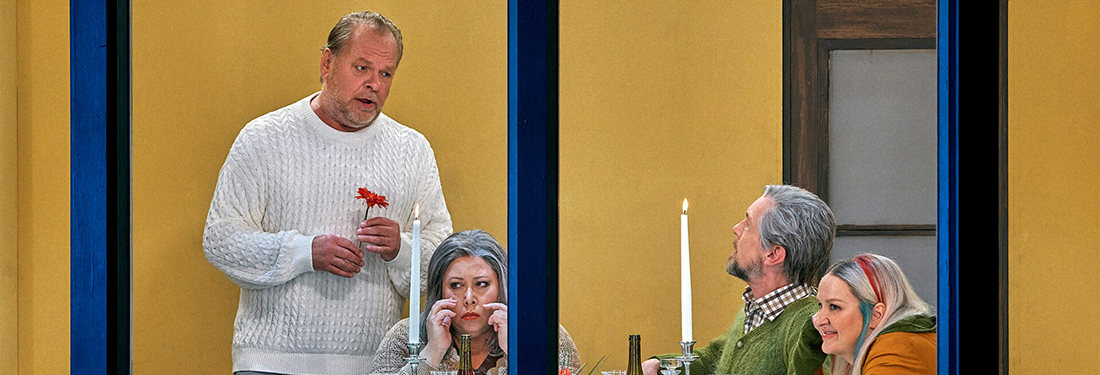

Hers was a connoisseur’s program of Debussy, Respighi, Britten, Poulenc, and Nadia Boulanger, but without the intellectual reinforcement of program notes. She’s the sort of singer who demands that you come to the music unprotected, as she does, so that familiar as well as rare pieces are startlingly fresh, immediate, and affecting.
She explored the dark and pensive side of each song, even those that appear lighthearted, beginning with Debussy’s “Mandoline,” which was inflected with a strong Mediterranean beat and a menacing “la, la, la” refrain. These weren’t washy, dreamy readings, and although Antonacci’s richly colored voice can handle languid phrases, the clarity of her diction—along with the uvular “r” and a slightly dry chest voice—brought a cabaret-singer’s immediacy to “C’est l’extase langoureuse,” and “Il pleure dans mon coeur,” while “Green” was delivered in one long line of urgency and coiled eroticism.
The first half of the recital seemed to be all about trembling sadness among decaying leaves and statues of nymphs, with Respighi’s lush Deità Silvane posing an Italian answer to Debussy’s Verlaine settings. The cycle is far from straightforward, and needs a singer and pianist capable or subtle colorings to handle the sweeping yet elusive melodic lines and dense, twisting harmonies. Antonacci brought both tenderness and bite to the perfumed nostalgia of Antonio Rubino’s poetry–Pan sleeps in an abandoned garden, shadows flicker, and forests are alive with music and dance.
Murmurs of appreciation greeted the artists’ brilliantly convincing performance of a group of songs by Nadia Boulanger. While a superb pedagogue, Boulanger was the first to admit that her compositions were mediocre, and once her sister Lili began to compose, Nadia gamely abandoned her own work. I have tried to program these songs without success. Pieces that begin promisingly quickly lose focus, while harmonic structure, so important to Boulanger in her teaching, seems unsteady.
Yet Antonacci dug deeply into these pieces, seven in all, with colorings and vocal shadings that seemed a logical progression from the earlier pieces, and with startling commitment. “Versailles,” on a text by Albert Victor Samain, is marred by formulaic piano rippling, yet Antonacci entered into the nostalgic world of the park on a pale afternoon with intensity and uncommon communicative power.
The steady pulsing of “Cantique” highlights its hymn-like nature, while “Elle a vendu mon coeur” projects a strange, Spanish quality. The soprano’s quiet, intense reading of “Mon coeur” highlighted its mysterious, repressed sexuality and she and pianist Donald Sulzen made the ambitious, awkward “C’était en juin,” on a poem by Émile Verhaeren, work brilliantly.
Antonacci’s singing is remarkably beautiful for one who clearly doesn’t make that a top priority.
On this Island is one of Britten’s few major vocal works not conceived for Peter Pears, so its vocal line is uncompromising and its youthful ardor, along with the composer’s deep connection with Auden’s texts, make for an appealing and effective work. Antonacci’s English perfectly suited the brittle sensuality of these pieces, beginning with the trumpet-like lines of “Let the florid music praise!” and its florid, baroque “Shine on, shine on.”
She captured the sing-song, incantatory nature of “Now the leaves are falling fast” and the dance-hall cheeziness of the concluding “As it is, plenty. “Nocturne” highlighted Sulzen’s beautiful, understated playing, and Antonacci caressed the repetitive patterns of the elegiac text with hypnotic intensity.
Poulenc’s Le Travail du Peintre presents musical portraits of the work of seven painters in texts by Paul Éluard. Here again, Antonacci found bitterness and anger in the texts, pointing an accusing finger at Picasso, waltzing dementedly with Chagall, mirroring the longing of Georges Braque’s art, approaching Juan Gris with hushed awe, and facing Paul Klee defiantly.
Poulenc’s edgy, complex writing is a good match for Antonacci’s probing artisty and sophisticated musicality, and the recital’s concluding piece, “La dame de Monte Carlo,” grew out of the darkness and despair she had been exploring all evening. It’s easy to breeze through Cocteau’s monologue with an arch, ex-beauty-queen glamour, but here a quick tempo highlighted the anguish and desolation of a suicidal woman. Antonacci’s perfect French captured even the boulevardier lines with appropriate hysteria.
Frescobaldi’s lilting “Se l’aura spira” and Carmen’s Habanera reminded the audience of Antonacci’s genius at highlighting the familiar in startlingly expressive readings.
Photo: Sarah Shatz














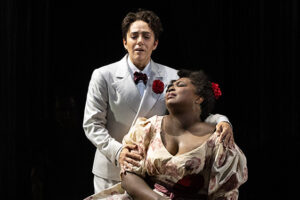
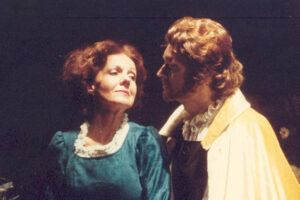
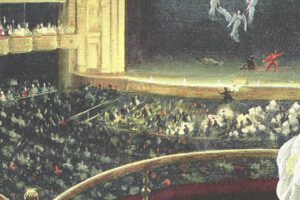
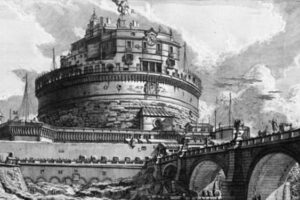






Comments